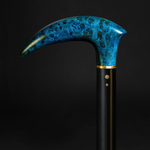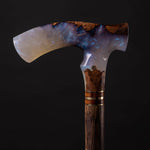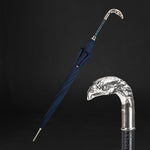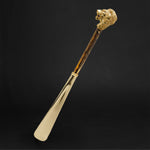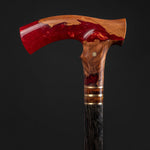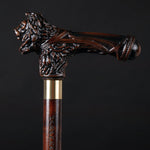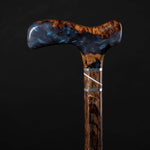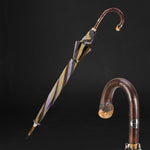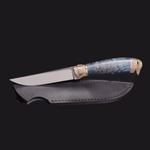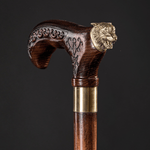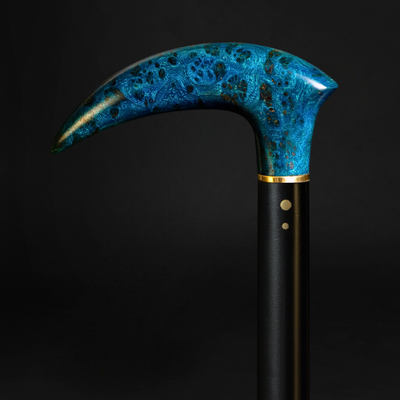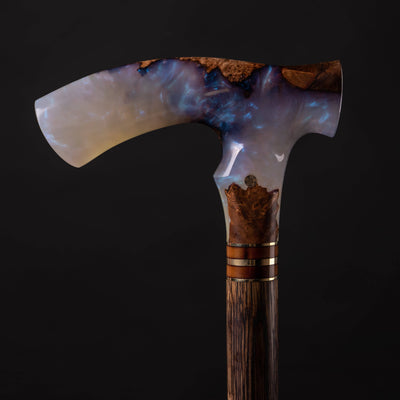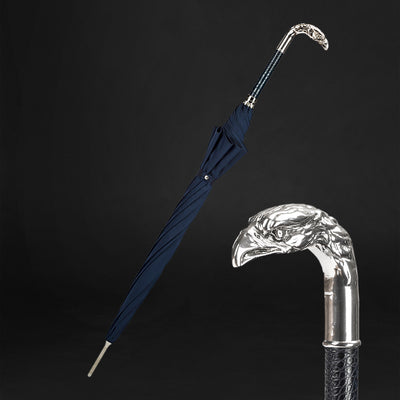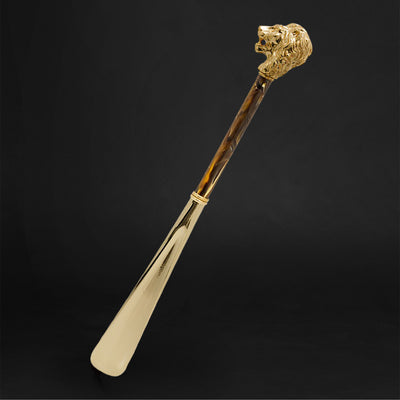You have no items in your shopping cart.
Recent Posts
-
Why an Elegant Cane Is a Thoughtful Gift for Loved Ones?
-
The Art of Christmas Design: Walking Canes That Celebrate the Season in Style
-
How an Ergonomic Walking Cane Handle Prevents Hand and Wrist Strain?
-
How to Walk With a Cane Correctly to Avoid Back or Shoulder Strain?
-
5 Common Mistakes People Make When Buying a Walking Cane (and How to Avoid Them)
-
How to Choose a Walking Cane That Reflects Your Personality (Not Just Your Needs)?
MOST POPULAR NOW
22
Mar
A walking stick or walking cane is a device used mostly to aid walking, provide postural stability or support, or assist in maintaining a good posture, but some designs of walking canes are used in fashion, or are used for self-defense.
First used as a weapon, the walking stick or cane has long been a symbol of strength and power, authority and social prestige, predominantly between men. George Washington (1732–1799), the first American president, carried one, as did later U.S. presidents Ulysses S. Grant (1822–1885) and Warren G. Harding (1865–1923).
The walking cane dates back to ancient times. The Bible makes numerous references to the walking staff as a symbol of office and dignity. Judging from its depiction in paintings, the walking stick became a widely recognized accessory of elegance and social status in the sixteenth and seventeenth centuries. It was during this period that special rules of etiquette developed governing the use of the walking stick, including where and how to carry it.
During the eighteenth century the walking stick gained wider acceptance. Modest canes were used among ordinary people, while those who could afford it opted for walking sticks of great elegance and style. Etiquette rules were greatly relaxed and owners could now safely lean on their canes in casual poses.
Walking cane in fashion

The end of the nineteenth century marked a decline in cane styles. While there were still beautiful walking sticks produced during this period, elaborate ornamentation was often used to make up for a lack of form. In the early years of the twentieth century, mass production helped make walking sticks inexpensive and accessible to the masses. The modern crook-handled wooden cane became the standard walking stick for most people.
There were, of course, still attempts to add style to the walking stick. Decorative trim was added to some sticks in the form of silver, gold, or mother-of-pearl inlays. Sometimes the silver handle doubled as a pipe holder. The turn-of-the-twentieth-century Oxford stick had a crook handle that held ten cigarettes and a matchbox.
More often than not, however, such flourishes were designed strictly for show, to create a higher commercial grade for the more discriminating purchaser. An affluent walking stick enthusiast might order an ornate cane, but on the whole there was an erosion of style and individuality in the years leading up to World War I (1914–18). The advent of the automobile and modern public transportation rendered the cane less and less useful, necessary only for those whose age or disability required them to use one. Late in the twentieth century, however, recreational goods manufacturers began to sell walking sticks under the name of trekking poles. Made of aluminum and high-tech fibers, with complicated shock absorbing mechanisms, the poles were sold to hikers to help maintain balance at prices over one hundred dollars a pair.

Also Purchased
-
Beige Walking Cane for Ladies Chamomile Flower, Wooden Walking Stick
Introducing our beautiful Beige Walking Cane for Ladies with Chamomile Flower, a Wooden Walking Stick that is hand carved and handmade, making it both pretty and unique. This walking cane...$79.50 -
Art Deco Walking Stick Solid Silver Handle Malacca Shaft
Art Deco Walking Stick Solid Silver Handle Malacca Shaft. Stunning Art Deco silver handle with a very tactile feel. We created this cane design so that when you use the...$197.50 -
Exotic Burl Wood Walking Cane – Fashionable Artisan Stick
A sculptural statement in deep, oceanic blue — this walking cane is more than a support accessory, it's wearable art. Meticulously hand-shaped from stabilized burl wood, the handle evokes the...$425.00 -
ArtWalkingSticks™ MAGIC Walking Cane, Handmade - Make to Order
This piece of art is created for those who value details. We make one of a kind, handcrafted wood and resin canes. Our Wooden Canes are completely unmatched in creativity....$430.00 -
Umbrella with Eagle Handle, Fashion Umbrella For Men
Make a bold and fashionable statement with our Umbrella with Eagle Handle - a unique and functional accessory designed for men. The striking eagle handle is the highlight of this...$325.00 -
Fashionable Lion Shoehorn Long Handle, Pearly Brown Shaft, Handmade
Introducing our Fashionable Lion Shoehorn, a handcrafted, long-handled shoe horn with a pearly brown shaft that's both stylish and practical. The intricate Lion design adds a touch of elegance to...$240.00
















